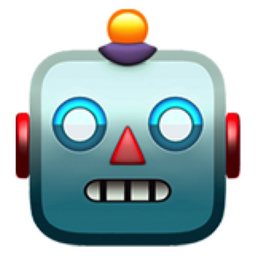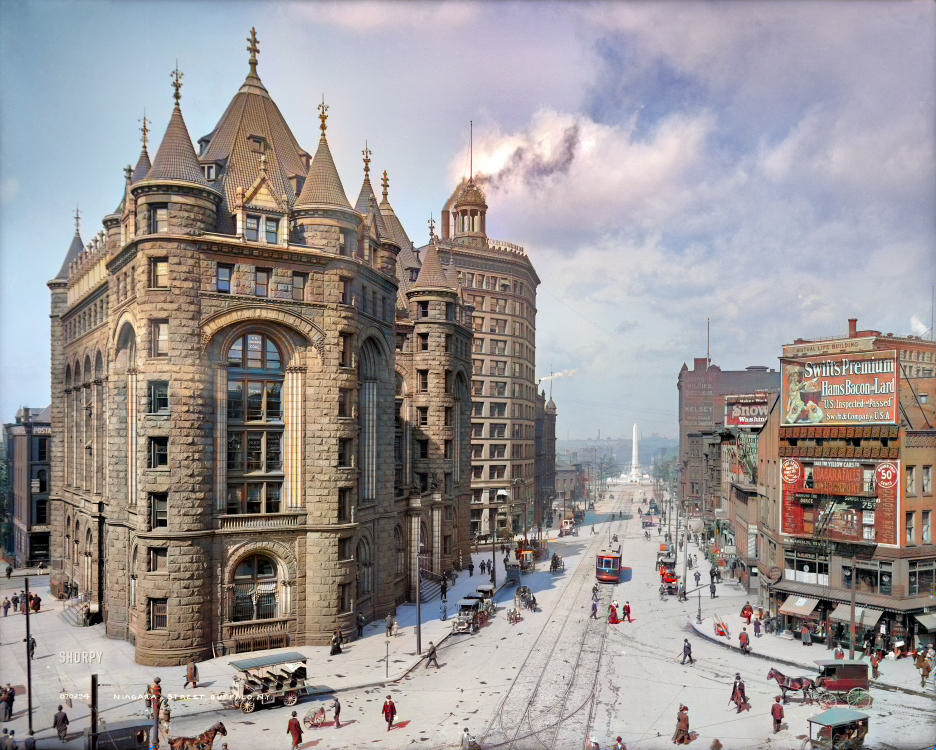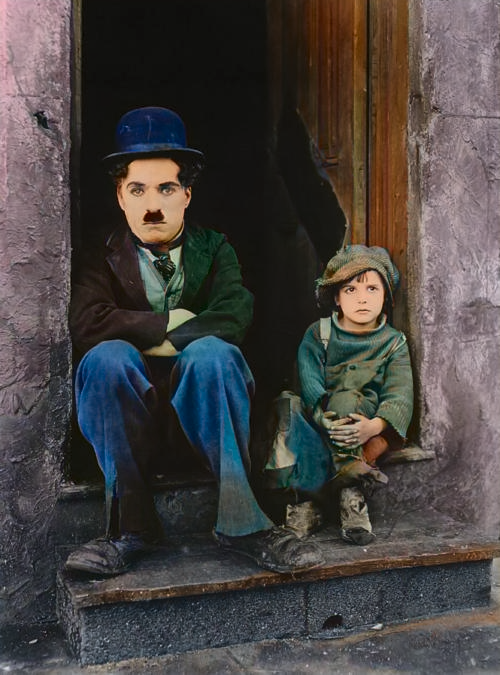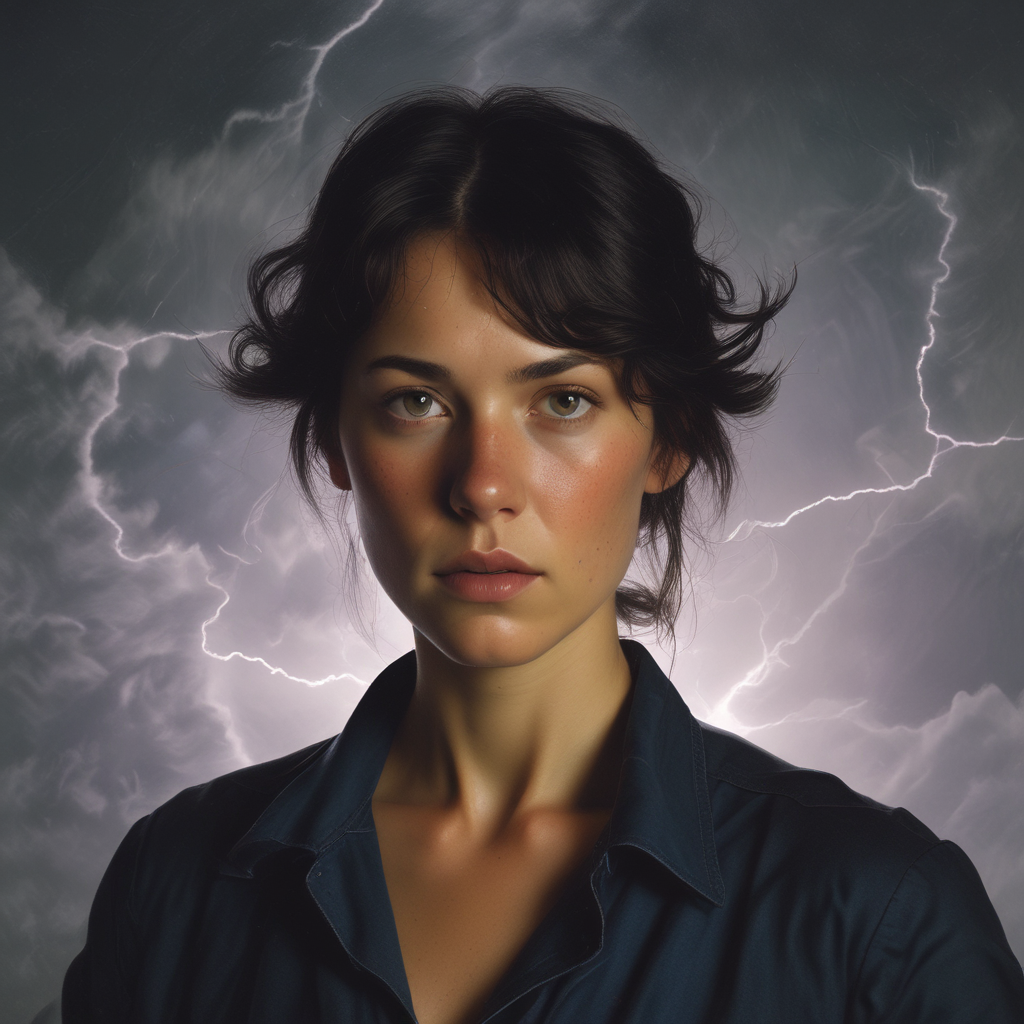ddcolor
Maintainer: piddnad

127

| Property | Value |
|---|---|
| Run this model | Run on Replicate |
| API spec | View on Replicate |
| Github link | View on Github |
| Paper link | View on Arxiv |
Create account to get full access
Model overview
The ddcolor model is a state-of-the-art AI model for photo-realistic image colorization, developed by researchers at the DAMO Academy, Alibaba Group. It uses a unique "dual decoder" architecture to produce vivid and natural colorization, even for historical black and white photos or anime-style landscapes. The model can outperform similar colorization models like GFPGAN, which is focused on restoring old photos, and Deliberate V6, a more general text-to-image and image-to-image model.
Model inputs and outputs
The ddcolor model takes a grayscale input image and produces a colorized output image. The model supports different sizes, from a compact "tiny" version to a larger "large" version, allowing users to balance performance and quality based on their needs.
Inputs
- Image: A grayscale input image to be colorized.
- Model Size: The size of the
ddcolormodel to use, ranging from "tiny" to "large".
Outputs
- Colorized Image: The model's colorized output, which can be saved or further processed.
Capabilities
The ddcolor model is capable of producing highly realistic and natural-looking colorization for a variety of input images. It excels at colorizing historical black and white photos, as well as transforming anime-style landscapes into vibrant, photo-realistic scenes. The model's dual decoder architecture allows it to optimize learnable color tokens, resulting in state-of-the-art performance on automatic image colorization.
What can I use it for?
The ddcolor model can be useful for a range of applications, such as:
- Restoring old photos: Breathe new life into faded or historic black and white photos by colorizing them with the
ddcolormodel. - Enhancing anime and game visuals: Use
ddcolorto transform the stylized landscapes of anime and video games into more realistic, photo-like imagery. - Creative projects: Experiment with the
ddcolormodel to colorize your own grayscale artworks or photographs, adding a unique and vibrant touch.
Things to try
One interesting aspect of the ddcolor model is its ability to handle a wide range of input images, from historical photos to anime-style landscapes. Try experimenting with different types of grayscale images to see how the model handles the colorization process and the level of realism it can achieve. Additionally, you can explore the different model sizes to find the right balance between performance and quality for your specific use case.
This summary was produced with help from an AI and may contain inaccuracies - check out the links to read the original source documents!
Related Models

bigcolor

474
bigcolor is a novel colorization model developed by Geonung Kim et al. that provides vivid colorization for diverse in-the-wild images with complex structures. Unlike previous generative priors that struggle to synthesize image structures and colors, bigcolor learns a generative color prior to focus on color synthesis given the spatial structure of an image. This allows it to expand its representation space and enable robust colorization for diverse inputs. bigcolor is inspired by the BigGAN architecture, using a spatial feature map instead of a spatially-flattened latent code to further enlarge the representation space. The model supports arbitrary input resolutions and provides multi-modal colorization results, outperforming existing methods especially on complex real-world images. Model inputs and outputs bigcolor takes a grayscale input image and produces a colorized output image. The model can operate in different modes, including "Real Gray Colorization" for real-world grayscale photos, and "Multi-modal" colorization using either a class vector or random vector to produce diverse colorization results. Inputs image**: The input grayscale image to be colorized. mode**: The colorization mode, either "Real Gray Colorization" or "Multi-modal" using a class vector or random vector. classes** (optional): A space-separated list of class IDs for multi-modal colorization using a class vector. Outputs ModelOutput**: An array containing one or more colorized output images, depending on the selected mode. Capabilities bigcolor is capable of producing vivid and realistic colorizations for diverse real-world images, even those with complex structures. It outperforms previous colorization methods, especially on challenging in-the-wild scenes. The model's multi-modal capabilities allow users to generate diverse colorization results from a single input. What can I use it for? bigcolor can be used for a variety of applications that require realistic and vivid colorization of grayscale images, such as photo editing, visual effects, and artistic expression. Its robust performance on complex real-world scenes makes it particularly useful for tasks like colorizing historical photos, enhancing black-and-white movies, or bringing old artwork to life. The multi-modal capabilities also open up creative opportunities for artistic exploration and experimentation. Things to try One interesting aspect of bigcolor is its ability to generate multiple colorization results from a single input by leveraging either a class vector or a random vector. This allows users to explore different color palettes and stylistic interpretations of the same image, which can be useful for creative projects or simply finding the most visually appealing colorization. Additionally, the model's support for arbitrary input resolutions makes it suitable for a wide range of use cases, from small thumbnails to high-resolution images.
Updated Invalid Date

chromagan

300
ChromaGAN is an AI model developed by pvitoria that uses an adversarial approach for picture colorization. It aims to generate realistic color images from grayscale inputs. ChromaGAN is similar to other AI colorization models like ddcolor and retro-coloring-book, which also focus on restoring color to images. However, ChromaGAN takes a unique adversarial approach that incorporates semantic class distributions to guide the colorization process. Model inputs and outputs The ChromaGAN model takes a grayscale image as input and outputs a colorized version of that image. The model was trained on the ImageNet dataset, so it can handle a wide variety of image types. Inputs Image**: A grayscale input image Outputs Colorized image**: The input grayscale image, colorized using the ChromaGAN model Capabilities The ChromaGAN model is able to add realistic color to grayscale images, preserving the semantic content and structure of the original image. The examples in the readme show the model handling a diverse set of scenes, from landscapes to objects to people, and generating plausible color palettes. The adversarial approach helps the model capture the underlying color distributions associated with different semantic classes. What can I use it for? You can use ChromaGAN to colorize any grayscale images, such as old photos, black-and-white illustrations, or even AI-generated images from models like stable-diffusion. This can be useful for breathing new life into vintage images, enhancing illustrations, or generating more visually compelling AI-generated content. The colorization capabilities could also be incorporated into larger image processing pipelines or creative applications. Things to try Try experimenting with ChromaGAN on a variety of grayscale images, including both natural scenes and more abstract or illustrative content. Observe how the model handles different types of subject matter and lighting conditions. You could also try combining ChromaGAN with other image processing techniques, such as upscaling or style transfer, to create unique visual effects.
Updated Invalid Date

deoldify_image

397
The deoldify_image model from maintainer arielreplicate is a deep learning-based AI model that can add color to old black-and-white images. It builds upon techniques like Self-Attention Generative Adversarial Network and Two Time-Scale Update Rule, and introduces a novel "NoGAN" training approach to achieve high-quality, stable colorization results. The model is part of the DeOldify project, which aims to colorize and restore old images and film footage. It offers three variants - "Artistic", "Stable", and "Video" - each optimized for different use cases. The Artistic model produces the most vibrant colors but may leave important parts of the image gray, while the Stable model is better suited for natural scenes and less prone to leaving gray human parts. The Video model is optimized for smooth, consistent and flicker-free video colorization. Model inputs and outputs Inputs model_name**: Specifies which model to use - "Artistic", "Stable", or "Video" input_image**: The path to the black-and-white image to be colorized render_factor**: Determines the resolution at which the color portion of the image is rendered. Lower values render faster but may result in less vibrant colors, while higher values can produce more detailed results but may wash out the colors. Outputs The colorized version of the input image, returned as a URI. Capabilities The deoldify_image model can produce high-quality, realistic colorization of old black-and-white images, with impressive results on a wide range of subjects like historical photos, portraits, landscapes, and even old film footage. The use of the "NoGAN" training approach helps to eliminate common issues like flickering, glitches, and inconsistent coloring that plagued earlier colorization models. What can I use it for? The deoldify_image model can be a powerful tool for breathtaking photo restoration and enhancement projects. It could be used to bring historical images to life, add visual interest to old family photos, or even breathe new life into classic black-and-white films. Potential applications include historical archives, photo sharing services, film restoration, and more. Things to try One interesting aspect of the deoldify_image model is that it seems to have learned some underlying "rules" about color based on subtle cues in the black-and-white images, resulting in remarkably consistent and deterministic colorization decisions. This means the model can produce very stable, flicker-free results even when coloring moving scenes in video. Experimenting with different input images, especially ones with unique or challenging elements, could yield fascinating insights into the model's inner workings.
Updated Invalid Date

sdxl-lightning-4step

409.9K
sdxl-lightning-4step is a fast text-to-image model developed by ByteDance that can generate high-quality images in just 4 steps. It is similar to other fast diffusion models like AnimateDiff-Lightning and Instant-ID MultiControlNet, which also aim to speed up the image generation process. Unlike the original Stable Diffusion model, these fast models sacrifice some flexibility and control to achieve faster generation times. Model inputs and outputs The sdxl-lightning-4step model takes in a text prompt and various parameters to control the output image, such as the width, height, number of images, and guidance scale. The model can output up to 4 images at a time, with a recommended image size of 1024x1024 or 1280x1280 pixels. Inputs Prompt**: The text prompt describing the desired image Negative prompt**: A prompt that describes what the model should not generate Width**: The width of the output image Height**: The height of the output image Num outputs**: The number of images to generate (up to 4) Scheduler**: The algorithm used to sample the latent space Guidance scale**: The scale for classifier-free guidance, which controls the trade-off between fidelity to the prompt and sample diversity Num inference steps**: The number of denoising steps, with 4 recommended for best results Seed**: A random seed to control the output image Outputs Image(s)**: One or more images generated based on the input prompt and parameters Capabilities The sdxl-lightning-4step model is capable of generating a wide variety of images based on text prompts, from realistic scenes to imaginative and creative compositions. The model's 4-step generation process allows it to produce high-quality results quickly, making it suitable for applications that require fast image generation. What can I use it for? The sdxl-lightning-4step model could be useful for applications that need to generate images in real-time, such as video game asset generation, interactive storytelling, or augmented reality experiences. Businesses could also use the model to quickly generate product visualization, marketing imagery, or custom artwork based on client prompts. Creatives may find the model helpful for ideation, concept development, or rapid prototyping. Things to try One interesting thing to try with the sdxl-lightning-4step model is to experiment with the guidance scale parameter. By adjusting the guidance scale, you can control the balance between fidelity to the prompt and diversity of the output. Lower guidance scales may result in more unexpected and imaginative images, while higher scales will produce outputs that are closer to the specified prompt.
Updated Invalid Date